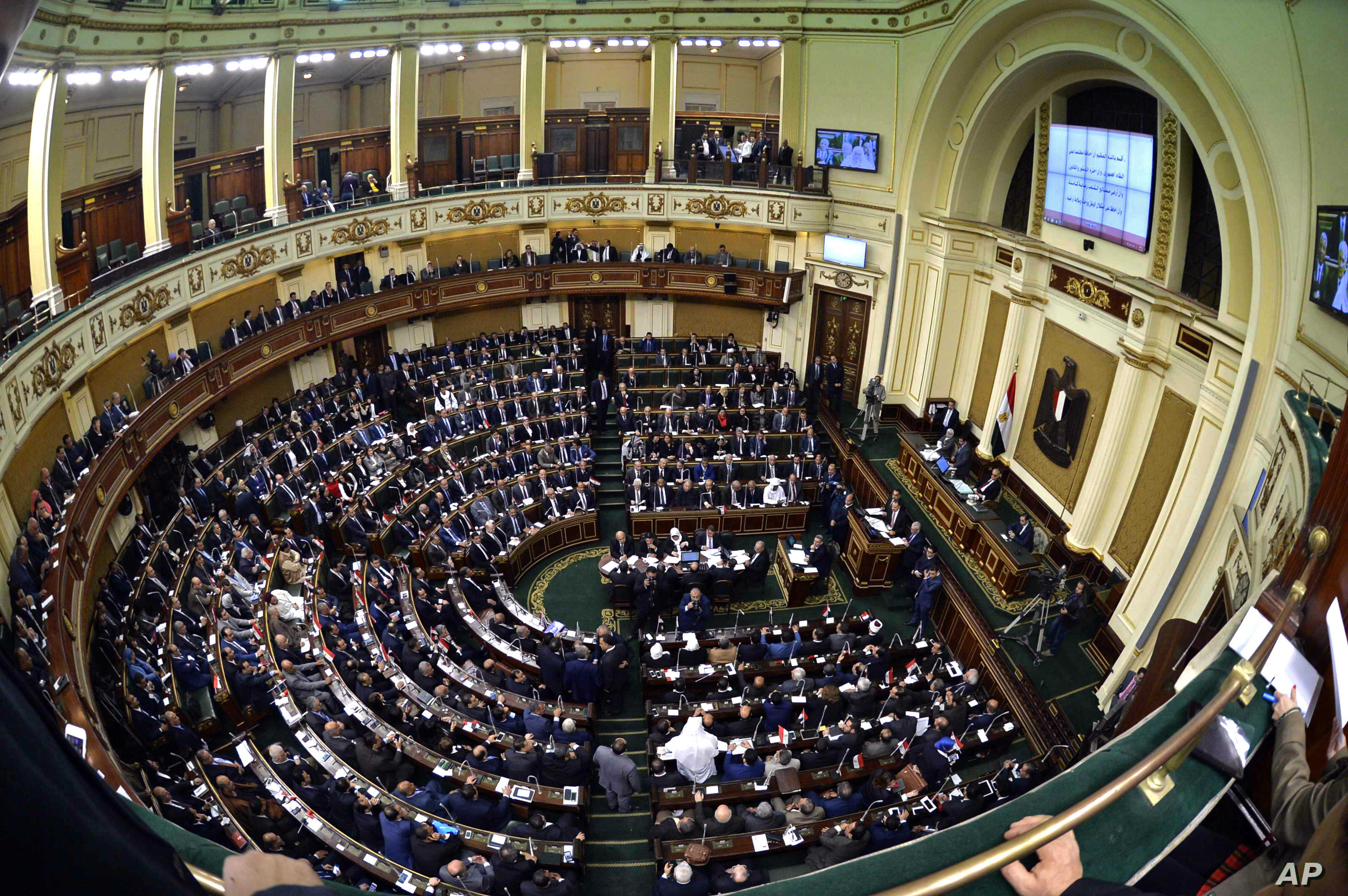The Egyptian Initiative for Personal Rights’ study on sectarianism, released Sunday, gathers evidence, eyewitness accounts and statistics of violent events against Coptic Christians and Baha’is in an attempt to provide a clearer picture of what Egypt’s religious minorities are enduring.
In the absence of reports that track both small incidents of sectarian violence as well as high-profile ones, the EIPR study–dubbed "Two years of Sectarian violence: What happened? Where do we begin?"–offers a comprehensive review of the situation, which EIPR head Hossam Bahgat described as "critical, almost out of control."
The report comes less than three months after the country witnessed one of its worst-ever attacks against Christians, who represent an estimated 10 percent of the population, in which six deacons in Naga Hammadi were shot dead after an evening mass on the occasion of Coptic Christmas on 6 January. In the weeks that followed, the Upper Egyptian town–still bearing scars of the looting and arson that came in the wake of the attack–experienced considerable sectarian unrest.
In its report, the local rights watchdog documented "at least 53 incidents of sectarian violence or tension–about two incidents a month–that have taken place in 17 of Egypt’s 29 governorates" within the last two years alone, most of them targeting Copts. The incidents included murder, physical assault, arson, vandalism and forced displacement.
"The report in your hands is only an initial step that documents events, since there was a severe lack of information. It also provides possible answers, because at this point we need non-philosophical answers," EIPR researcher Adel Ramadan told reporters upon the report’s release. "Mark my words, the situation will become worse if the state doesn’t intervene to solve this, seriously and impartially."
"Our society has turned into a sectarian one, and this will boil over if each sect starts looking for its interests and its interests alone," Ramadan added. "I know some people here think this is far-fetched and that we’re unified, but we may indeed become like neighboring countries." Egypt, he went on to say, could be standing on the verge of civil war, not unlike Iraq or, previously, Lebanon.
The report offers insight into how violence has spread in Egypt by providing a map depicting the locations of recent attacks, which have been largely concentrated in Upper Egypt. According to the EIPR, sectarian hot spots are Minya, Beni Sueif, Assiut, Sohag, Qena, Luxor and Fayoum. In Minya alone, the report notes, around 21 incidents of aggression against Coptic Christians have taken place. Although violence has also been reported in the Nile Delta, attacks in Upper Egypt have been more intense in terms of frequency, duration and material damage.
The report’s uniqueness, according to its authors, lies in the fact that it attempted to set these events within a context that can be studied and analyzed. The EIPR’s Freedom of Religion and Belief Program has set up fact-finding missions in order to reach some of the witnesses quoted in the reports, and, according to Bahgat, all cases mentioned are documented by media evidence and personal testimonies.
The report also attempts to classify different types of violence and determine what prompted them. It revealed that the most common–and serious–attacks happen as a result of "collective retribution," or vendettas, as was the case in the village of Farshout in Qena.
In Farshout, a Christian man was charged with assaulting and raping a 12-year-old Muslim girl. The incident sent shock waves across the girl’s hometown and has spurred continuous protests and acts of violence against the homes and property of local Copts. "These attacks spring from an irrational conviction that all Christians in the area are responsible for an act attributed to one or more Christians," the report notes.
The second most common reason for violence, according to the report, is "prompted by Christians engaging in their religious rites." The report offers examples of Christians that were attacked with sticks and batons by Muslim mobs for using their residences as make-shift prayer areas. In addition, "on more than one occasion, state representatives have refused to allow groups of Christians to worship in a home or have arrested and questioned those who did so," the report states.
According to Bahgat, the state’s response to attacks can sometimes aggravate the situation further. "Government responses fall under certain categories, including denial, watering it all down, letting security forces intervene, or refusing to take responsibility for the violence," he said. "And the Interior Ministry tends to deal with sectarian incidents as isolated, independent cases."
The report also points to a standard response by the ministry to cases of sectarian violence, "which is to force the victims to hold ‘reconciliation meetings’ with the attackers," in addition to withdrawing complaints. "In most cases, the incidents aren’t referred to court but are settled at police stations," said Ramadan.
"The nightmare scenario is that, just as violence can spread across a town, or from one village to another, it can–and might–engulf the entire governorate and then the whole country," said Bahgat. "In such a case, it could be impossible to contain."




